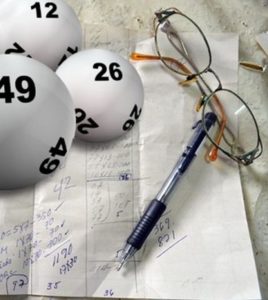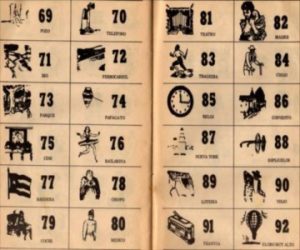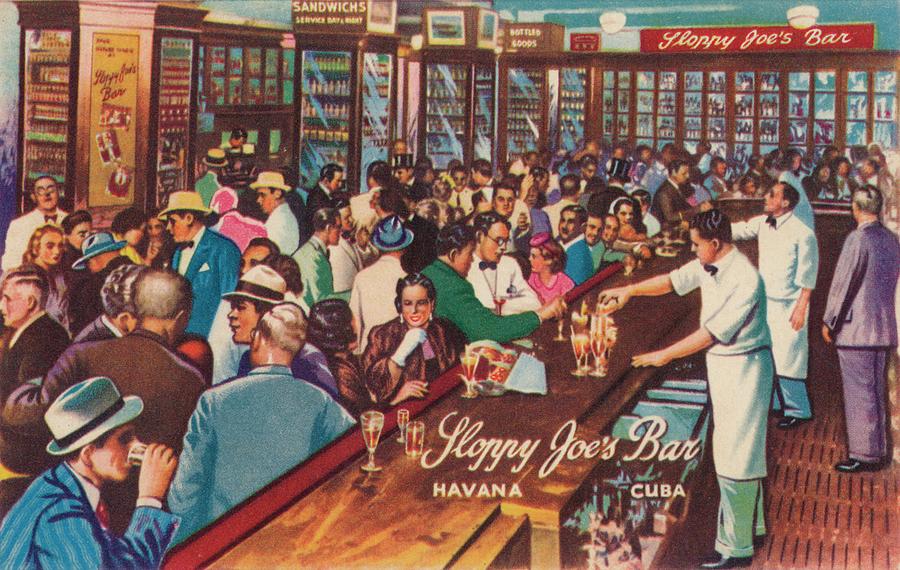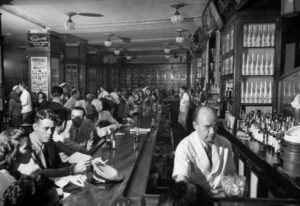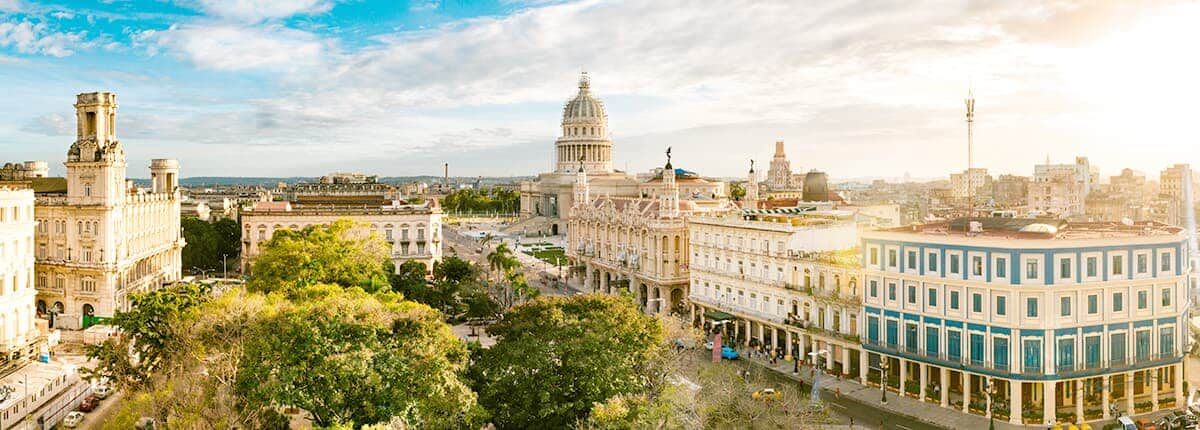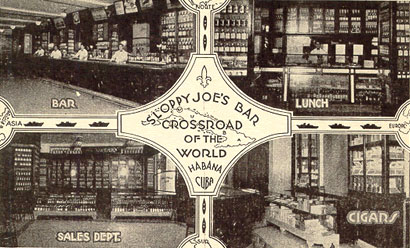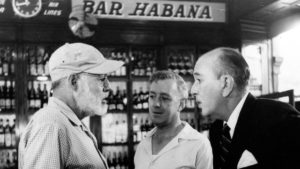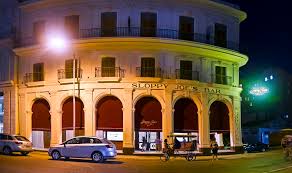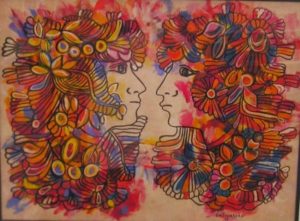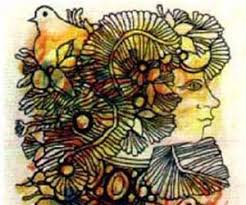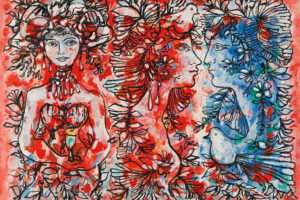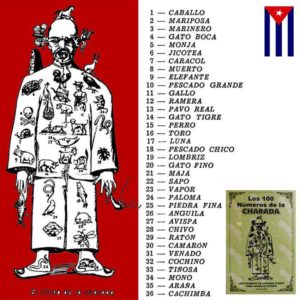 LA CHARADA CUBANA (BOLITA) – BUSQUE SU NUMERO DE SUERTE ???.
LA CHARADA CUBANA (BOLITA) – BUSQUE SU NUMERO DE SUERTE ???.
La charada es un acertijo en la que se trata de adivinar una palabra, haciendo indicaciones sobre su significado. En Cuba la charada es una tabla compuesta de 100 número consecutivos del 1 al 100. Los primeros 36 número están tomados de la llamada charada china o chiffá, los restantes son producto de la imaginación popular.
Los sueños se relacionan con los números de la charada y éstos sirven de cábala para jugar a la lotería o la “bolita”.
He aquí los números:
1. Caballo, Sol, Tintero, Camello y Pescado chico
2. Mariposa, Hombre, Cafetera y Caracol
3. Marinero, Luna, Taza, Ciempiés y Muerto
4. Gato, Soldado, Llave, Vela, Militar, y Pavo Real
5. Monja, Mar, Candado, Periódico, Fruta y Lombriz
6. Jicotea, Carta, Reverbero, Botella, y Luna
7. Caracol, Sueño, Heces Fecales, Medias, Caballero y Cochino
8. Muerto, León, Calabaza, Mesa, y Tigre
9. Elefante, Entierro, Lira, Cubo, Esqueleto y Buey
10. Pescado Grande, Paseo, Malla, Cazuela, Dinero y Lancha
11. Gallo, Lluvia, Fósforo, Taller, Fábrica y Caballo
12. Mujer Santa, Viaje, Toallas, Cometa, Dama y Perro Grande
13. Pavo Real, Niño, Anafe, Souteneur, y Elefante
14. Gato Tigre, Matrimonio, Arreste, Sartén y Cementerio
15. Perro, Visita, Cuchara, Gallo y Ratón
16. Toro, Plancha, Vestido, Incendio pequeño, Funerales y Avispa
17. Luna, Mujer buena, Hule, Camisón, Armas y Fumar opio
18. Pescado Chiquito, Iglesia, Sirena, Palma, Pescado y Gato amarillo
19. Lombriz, Campesino, Tropa, Mesa Grande, Armadura y Jutía
20. Gato Fino, Cañón, Camiseta, Orinal, Libro y Mujer
21. Maja, Reloj de bolsillo, Chaleco, Cotorra, Cigarro y Gallo
22. Sapo, Estrella, Lirio, Chimenea, Sol, Jicotea
23. Vapor, Submarino, Monte, Escalera, Barco y Águila
24. Paloma, Musica, Carpintero, Cocina y Pescado Grande
25. Pierdra Fina, Casa, Sol, Monja, Rana
26. Anguila, Calle, Medico, Brillante, y Nube de Oro
27. Avispa, Campana, Cuchara Grande, Canario, Baúl y Mono
28. Chivo, Bandera, Político, Uvas, y Perro Chico
29. Ratón, Nube, Venado y Águila
30. Camarón, Arco Iris, Almanaque, Buey, Cangrejo y Chivo
31. Venado, Escuela, Zapatos y Pato
32. Cochino, Enemigo, Mulo, Demonio y Maja
33. Tiñosa, Baraja, Santa, Jesucristo, Bofetón y Camarón
34. Mono, Familia, Negro, Capataz y Paloma
35. Araña, Novia, Bombillos, Mosquito y Mariposa
36. Cachimba, Teatro, Bodega, Opio, Coloso y Pajarito
37. Gallina Prieta, Gitana, Hormiga, Carretera y Piedra Fina
38. Dinero, Macao, Carro, Goleta, Guantes y Barril
39. Conejo, Culebra, Rayo, Baile y Tintorero
40. Cura, Sangre, Bombero, Muchacho Maldita, Cantina y Estatua
41. Lagartija, Prisión, Pato Chico, Jubo, Capuchino y Clarín
42. Pato, País Lejano, Carnero, España, Abismo y Liga
43. Alacrán, Amigo, Vaca, Puerta, Presidiario y Jorobado
44. Año del Cuero, Infierno, Año Malo, Temporal, Tormenta y Plancha
45. Tiburón, Presidente, Traje, Tranvía, Escuela y Estrella
46. Guagua, Humo, Hambre, Hurón, Baile y Chino
47. Pájaro, Mala Noticia, Mucha Sangre, Escolta, Gallo y Rosa
48. Cucaracha, Abanico, Barbería y Cubo
49. Borracho, Riqueza, Figurín, Percha, Tesoro y Fantasma
50. Policía, Alegría, Florero, Alcalde, Pícaro y Árbol
51. Soldado, Sed, Oro, Sereno, Anteojos y Presillas
52. Bicicleta, Coche, Borracho, Abogado, Rina y Libreta
53. Luz Eléctrica, Prenda, Tragedia, Diamante, Beso y Alguacil
54. Flores, Gallina, Blanca, Sueño, Timbre, Cañón y Rosas
55. Cangrejo, Baile, Iglesia Grande, Los Isleños, Caerse y Sellos
56. Reina Escorpión, Pato Grande, Merengue, Piedra y Cara
57. Cama, Ángeles, Telegrama y Puerta
58. Adulterio, Retrato, Cuchillo, Cangrejo, Ferretero y Batea
59. Loco, Fonógrafo, Langosta, Anillo y Araña Grande
60. Sol Oscuro, Payaso, Cómico, Tempestad y Avecillas
61. Cañonazo, Piedra Grande, Revolver, Boticario, Pintor y Saco
62. Matrimonio, Nieve, Lámpara, Visión, Academia y Carretilla
63. Asesino, Cuernos, Espada, Bandidos, Caracol y Escalera
64. Muerto grande, Tiro de Rifle, Maromero, Relajo, Vahos y Fiera
65. Cárcel, Comida, Bruja, Ventana y Trueno
66. Divorcio, Tarros, Mascara, Estrella, Mudada y Carnaval
67. Puñalada, Reloj, Autoridad, Fonda, aborto y Zapato
68. Cementerio Grande, Globo, Cuchillo Grande, Templo, Bolos y Dinero
69. Pozo, Fiera, Loma, Vagos y Polvorín
70. Teléfono, Coco, Tiro, Barril, Arco Iris y Bala
71. Rió, Sombrero, Perro Mediano, Pantera y Fusil
72. Ferrocarril, Buey Viejo, Serrucho, Collar, Cetro y Relámpago
73. Parque, Navaja, Manzanas, Maleta, Ajedrez y Cigarrillo
74. Papalote, Coronel, Serpiente, Cólera y Tarima
75. Cine, Corbata, Viento, Guitarra, Flores y Quiosco
76. Bailarina, Humo en Cantidad, Caja de Hierro, Violín, Iluminaciones y Represa
77. Banderas, Guerra, Colegio, Billetes de Banco y Ánfora
78. Obispo, Tigre, Sarcófago, Rey, Apetito y Lunares
79. Coche, Lagarto, Abogado, Tren de Carga o de Viajeros y Dulces
80. Medico, Buena Noticia, Luna Llena, Paraguas, Barba y Trompo
81. Teatro, Barco, Navaja Grande, Ingeniero, Cuerda y Actriz
82. Madre, León, Batea, Pleito, Estrella y Muelle
83. Tragedia, Procesión, Limosnero, Bastón y Madera
84. Ciego, Sastre, Bohío, Banquero, Cofre y Marcha Atrás
85. Reloj, Madrid, Águila, Espejo y Guano
86. Convento, Marino, Ardilla, Tijera, Desnudar y Palma
87. Nueva Cork, Baúl, Paloma, Fuego y Plátanos
88. Espejuelos, Gusano, Vaso, Hojas y Aduanero
89. Lotería, Agua, Mona Vieja, Cometa, Melón y Tesorero
90. Viejo, Espejo Grande, Caramelo, Temporal, Asesino
91. Tranvía, Pájaro Negro, Limosnero, Alpargatas, Bolsas y Bolchevique
92. Globo muy Alto, Suicidio, Cuba, Anarquista, Gato y León Grande
93. Revolución, Sortija de Valor, General, Andarín, Joyas y Libertad
94. Machete, Mariposa Grande, Leontina , Habana y Flores
95. Guerra, Perro Grande, Alacrán Grande, Espada, Matanzas y Revolución
96. Desafió, Periódico, Pícaro, Zapatos Nuevos, Roca y Mujer Santa
97. Mosquito Grande, Mono Grande, Sinsonte, Grillo Grande, Correr y Limosnero
98. Piano, Entierro Grande, Traición, Visita Regia, Fonógrafo y Ortofónica
99. Serrucho, Gallo Grande, Temporal muy Grande, Carbonero y Lluvia
100. Inodoro, Dios, Escoba, Automóvil

www.TheCubanHistory.com < SEARCH - More than 7,000 Articles about Cuba.
THE CUBAN CHARADE: MEANING OF THE NUMBERS.???
The charade is a puzzle where you try to guess a word, with indications as to its meaning. In Cuba the charade is a table consisting of 100 consecutive numbers from 1 to 100. The first 36 numbers are drawn from the so-called Chinese or Chiffa charade, the rest is a product of the popular imagination.
The dreams are related to the numbers of the charade and they serve cabal to play the lottery or the “ball” (Bolita).
Check the numbers above…. and find your lucky number????
Agencies/Venus/ConexionCubana/ Internet Photos/ Arnoldo Varona/ www.TheCubanHistory.com
THE CUBAN HISTORY HOLLYWOOD.



